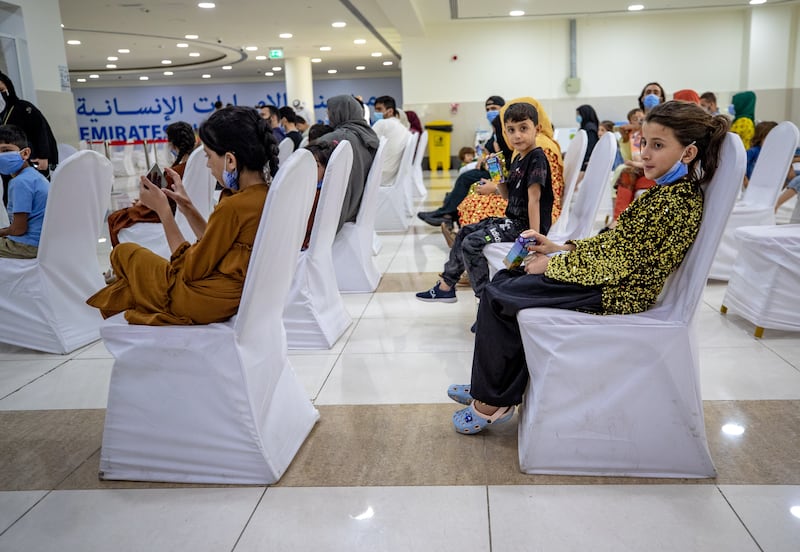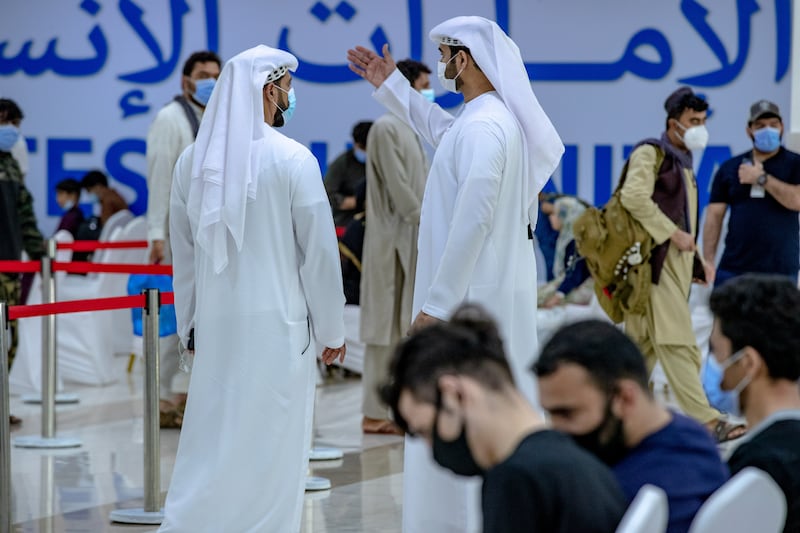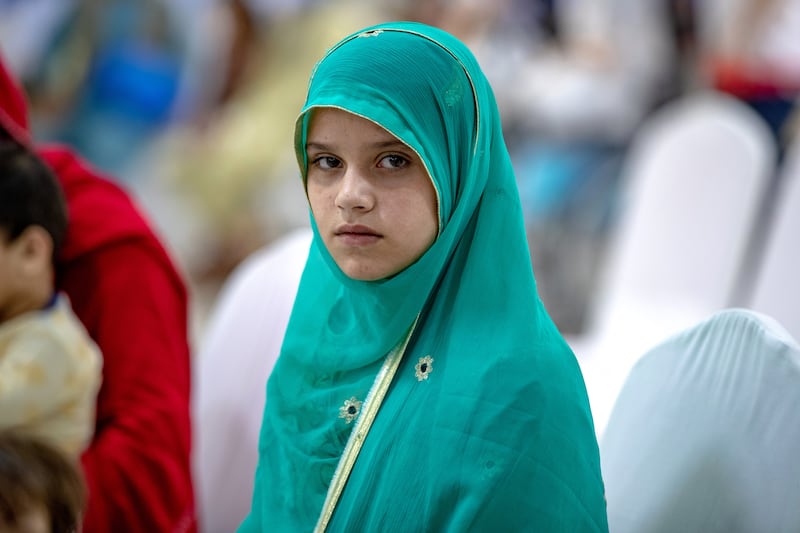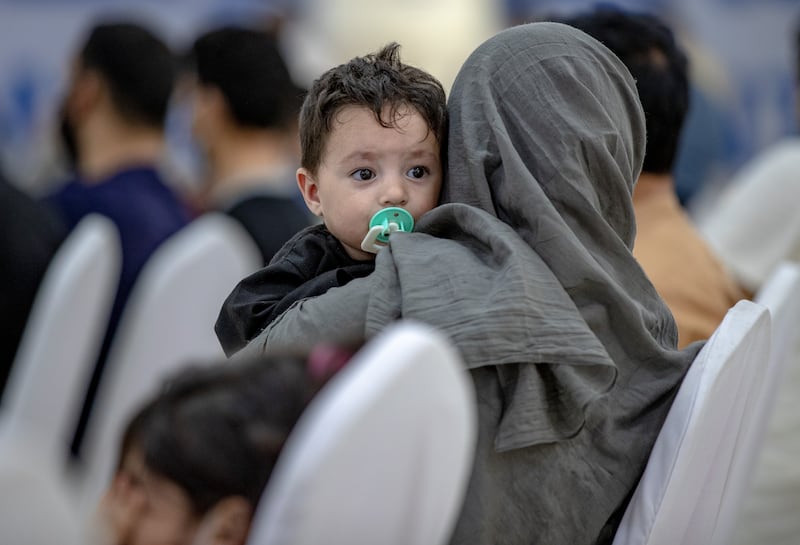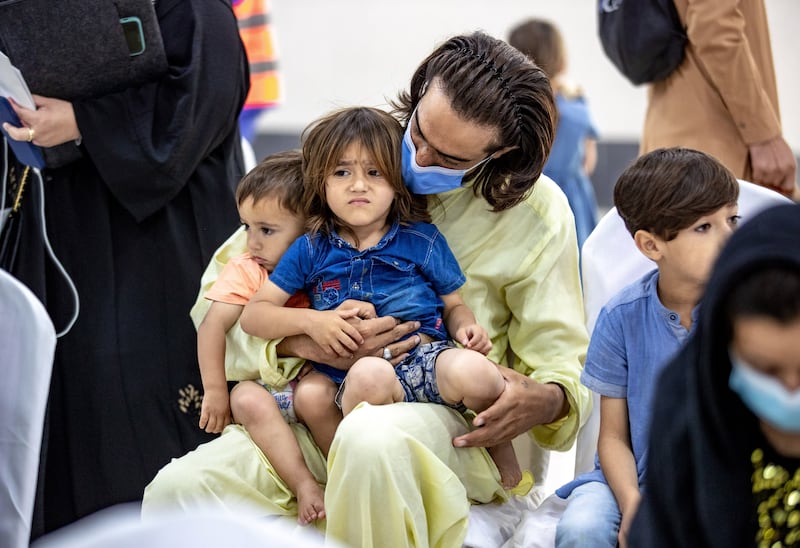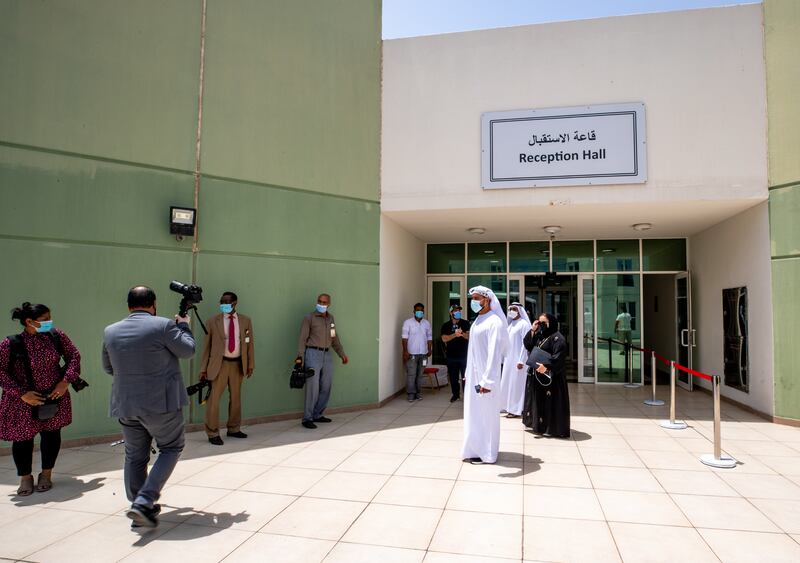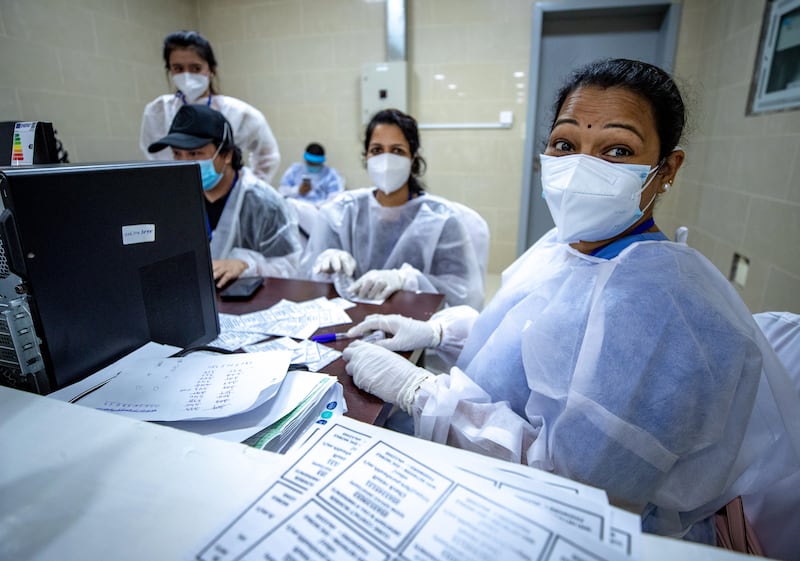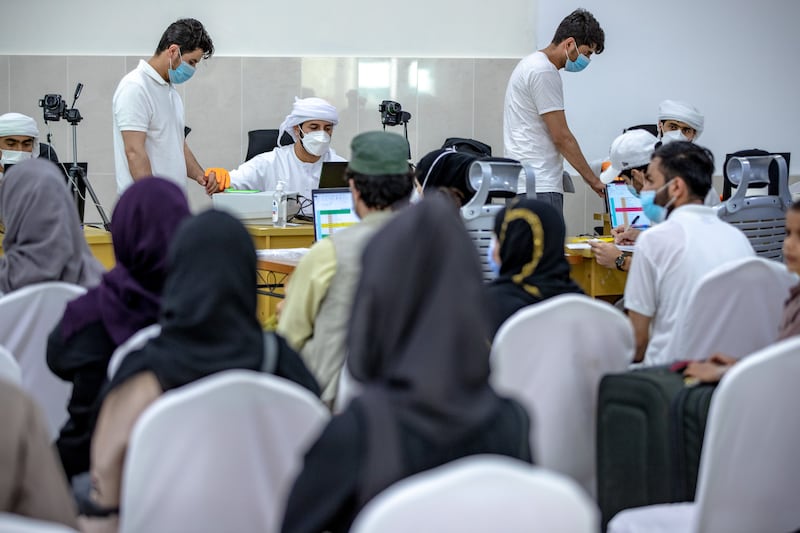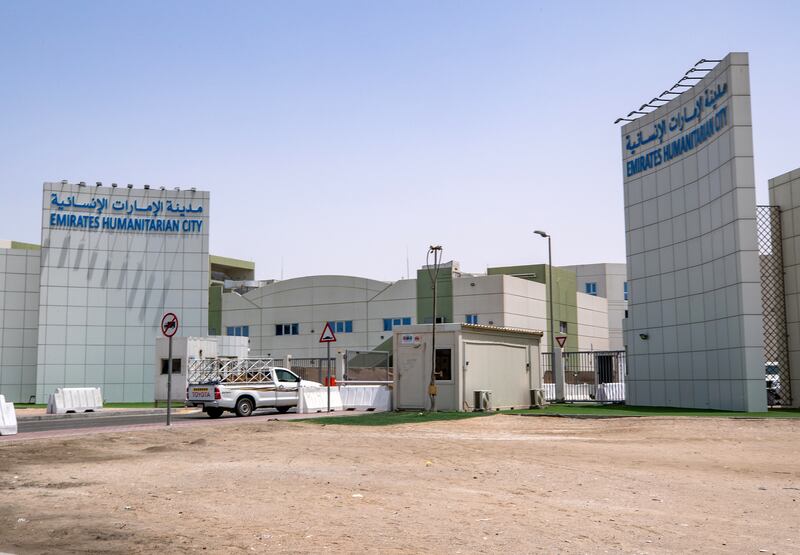Six months since the Taliban takeover of Afghanistan, it is unclear whether thousands of Afghans relocated to several countries around the world will be eligible for resettlement in the US.
Eighty-five thousand Afghans have been resettled in the US since August, but a senior US State Department official, speaking to a group of journalists in Abu Dhabi, described how the chaos of the withdrawal has left the US administration with a fuzzy picture of how many more could follow.
The lack of clarity was underscored in one instance at the end of January, when State Department officials in Washington received a cable from the US embassy in Kyiv, as US intelligence agencies were warning of the increasing likelihood of a Russian invasion of Ukraine.
The cable asked for advice on what to do with a large number of Afghans who had been flown out months earlier aboard Ukrainian military flights and were being housed temporarily in hotels, with many possibly eligible for US resettlement.
“We had no idea they were there,” the senior State Department official said. “We got them out the week before [the Russian invasion] started.”
The participation of dozens of countries, such as Ukraine, as well as a large number of independent flights chartered by civilian organisations during the evacuation of Afghanistan had meant that tens of thousands of Afghans were dispersed around the world in a messy and complicated process.
And while many of them expected to be moved eventually to the US, which was leading the evacuation efforts, many of those people were allowed to board flights without prior clarification as to whether or not they met the official criteria for US resettlement.
“During August, a lot of people got on a lot of aeroplanes,” the senior official said. “There were no manifests. We are still trying to sort out the results of that.”
While the senior official acknowledged a duty of care to those who were taken out of Afghanistan on US military flights, even if they were transported to a third country, they said the status of those who were taken out on charter flights or by other Nato countries remains uncertain.
One of the many tasks ahead of the State Department is to conduct surveys to ascertain how many Afghans remain in various temporary host countries, what the circumstances of their departure from Afghanistan were and which of them are eligible to enter the US.
One such survey is in the process of being completed at the Emirates Humanitarian City (EHC), a vast complex in Abu Dhabi that is currently housing thousands of Afghans.
The criteria for American resettlement are strict: to be eligible, an Afghan must have family or employment ties to the US, or have received some special dispensation.
The procedures to process Afghans have also become more complicated in recent months as the result of wrangling between various agencies in Washington who are responsible for discrete parts of the process, as well as complications arising from the Covid-19 pandemic.
Many Afghans located outside the US, including those at EHC, would not have a right to seek asylum in the US, as they are not on American soil or directly under US care.
State Department officials say they are “pretty sure” that “several thousand” of the Afghans in EHC will qualify to go to the US under the established criteria. But the fate of those who do not remains a mystery.
The official indicated that, aside from processing US-bound cases, one of the functions of the survey is to create a kind of database of ineligible Afghans that could be shared with other countries in the hopes that some of them would be willing to take them in.
How Kentucky is welcoming Afghan refugees

But conversations with other countries on that subject are still in the “preliminary” stages, the senior official said.
“We haven’t started yet,” the official said. “My vision is when we have the list [from the survey] and we have analysed it, [we can] sit down with various embassies and tell them to have a look at the list and see what might be of interest to them.”
As for any Afghans who may not be accepted anywhere, the official said, “We’ll cross that bridge when we come to it.”
Another complicating factor is that, aside from the Afghans waiting in a number of countries, the State Department estimates there are up to 100,000 Afghans still inside Afghanistan who may be eligible for Special Immigrant Visas (SIVs) — US visas given to those who were either employed by the US military or American security contractors, or are the dependents of someone who was.
A 50-person team in Washington sifts through SIV applications every day, forwarding those likely to succeed to immigration authorities, who must then interview the applicants. They must also be vetted by the Department for Homeland Security.

At present, about 10,000 Afghans in Afghanistan plus their families are awaiting interviews.
Last week, however, the Taliban announced that new restrictions would be placed on Afghans travelling abroad, citing the limbo in which evacuees to other countries have found themselves as one of the reasons.
It is uncertain to what extent this will hold up efforts to resettle those granted SIVs.
The senior State Department official confirmed that the US has “partners on the ground who are known to the Taliban” given the task of mediating a resolution.
But the official added: “So far, we are not succeeding.”
